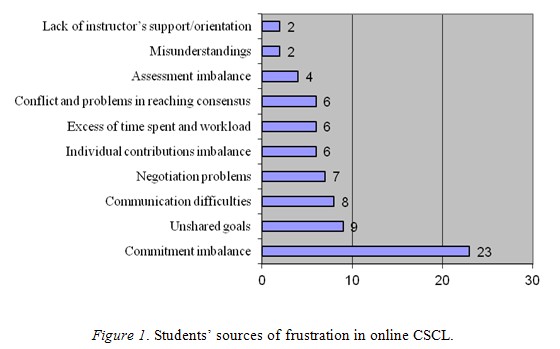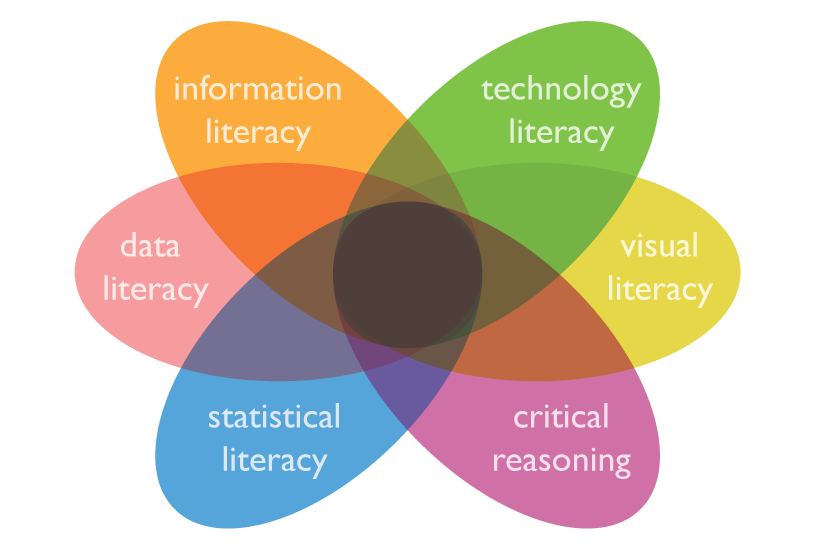What Is Blended Learning and How Does It Work? | Prestwick House
My current practice regarding online and blended learning designs
The MOOC courses that have been created at the ZHAW so far, and which I helped to develop, are built as blended learning. You can imagine the courses like this: You can log on to the course platform at any time from all around the globe and participate in the course. Materials are available in text form such as text on the learning platform or in the course reader, as well as in linked publications. Studio videos and very practical videos shot on site with different expert are available so that participants can really immerse themselves in the topic. There are also interactive videos where, for example, useful tips are linked, or a quiz is integrated into the video. The participants can exchange information with their peers in discussion forums and also ask questions to the course instructors. I maintain the forums of one MOOC regularly and am thus in written contact with the course participants. In each MOOC, 2-3 additional different tools are used, such as padlet, so that participants can post a pin on a world map from where they come and introduce themselves by sharing a picture / video, or H5P for a word cloud or an image hotspot. Case-studies and calculations support them in applying what they have learnt straight away. The MOOCs are built to be versatile in terms of the content and the way of knowledge transfer. However, these courses are only asynchrony, and to not include synchronous elements.
How to support students in online and blended learning designs
Working in blended learning, I have learned that it is very important to give precise and detailed assignments so that participants know exactly what to expect and what to expect. When participants ask a question in the forums, they expect an answer quickly, otherwise they become impatient. As a course instructor, I therefore make sure to check the forums at least two times a week for new content and to actively participate in the discussions. This kind of open and large group work we do here in OLN222 does not exist in our courses. I imagine that it would be very difficult to integrate such large and time-intensive collaborative learning into self-paced courses, because it requires certain framework conditions and the help of mentors/instructors to function and be an enrichment for everyone participating.
Opportunities for further development in this area
For the development of further ZHAW MOOCs, I see big potential in the integration of synchronous elements. In this way, participants and course instructors would come into personal contact, which also promotes the experience and the joy of active participation. I will look at how such synchronous elements can be incorporated into a course and what needs to be considered.
The following questions will help me with my research for best practices:
- Which topics/contents are suitable for synchronous? What about sensitive, personal issues?
- Which tools are suitable for synchronous?
- Are there different set-ups recommended depending on the participants?
- When do you offer such events? Different time zones… Only once, and providing recording afterwards, as done here in OLN?
- Should participants have the possibility to ask questions via microphone and/or chat?
I am glad to be part of OLN222, because I learn a lot about OER, online and blended learning, as well as collaborative learning. And I’m really looking forward to the integration of synchronous elements into our online courses.




Comments
Hi Florentina, you seem to have a lot of experience with online- and blended learning.
For your questions about best practice for synchronous or asynchronous sequences, there are some concepts that make a difference and could be a source for you, like inverted classroom idea (also called flipped classroom). Or also smaller methods for videocalls facilitating decision-making in groups or collaboration, like “liberating structures”. If you are interested in such concepts we could have a chat about those one day. Maybe you already discussed them in your group as both concepts are quite popular.
Links: Liberating Structures (also in German)
https://www.liberatingstructures.com/
Or one really inspiring math professor about flipped classroom: https://www.youtube.com/watch?v=5RxFIKQieWM&t=442s&ab_channel=ChristianSpannagel
Hi Florentina,
I very much agree that adding synchronous elements, such as the flipped classroom as also suggested by Miriam, will add a valuable quality to your MOOCs in terms of online socialization, interaction, and learner-centredness. You rightly emphasize the importance of regular and timely feedback as well as clear instructions in fully online asynchronous mode. I think this can be a successful approach provided the group is not too big and still possible to manage. In the context of massive open online courses, I found that there was rather minimal interaction between online facilitators/teachers and students/learners, which can pose further challenges for everyone involved. On this note, it’s great to hear that you plan to include synchronous elements in your open online courses.
Kind regards,
Christoph
Wow, you seem to be an expert on MOOCs already! For me it was very interesting to read how your MOOC is composed, since I have never completed, let alone designed a MOOC. Now I have a good idea how it works.
I love your idea to integrate synchronous elements. Maybe those could be peer-coaching elements. I have made very good experience with the method of “kollegiale Beratung/Intervision”, for example in my mentoring classes but also in other settings with small groups. It also works very well online. Good luck with the further development!